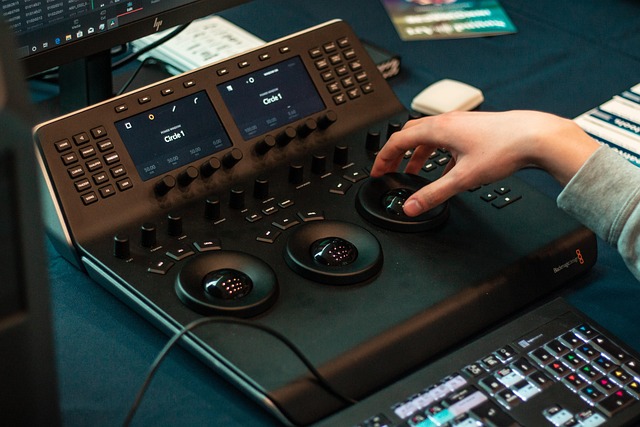Understanding the Importance of White Balance
When it comes to photography, we often focus on composition, lighting, and subject matter, but one crucial element that transcends these factors is white balance. This often-overlooked setting can dramatically transform your images, ensuring that the colors you capture are true to life and visually striking.
The Science Behind White Balance
At its core, white balance refers to the way a camera interprets colors under different lighting conditions. Each light source—be it sunlight, incandescent bulbs, or fluorescent fixtures—has its own color temperature, influencing how colors appear in your photographs. Adjusting the white balance allows you to counteract these color casts, resulting in images that convey the scene as you perceived it.
Creating Mood and Emotion
Imagine walking through a golden-hour landscape, with warm light wrapping around you, creating a sense of peace and euphoria. But then you capture the moment only to find it looking cold and uninviting. The culprit? Improper white balance. By mastering this technique, you can evoke specific emotions in your images, creating a visual language that resonates with viewers. A well-balanced photograph can transport someone back to that golden hour, while an incorrectly balanced one might detract from the experience.
Tips for Achieving Perfect White Balance
- Use the Right White Balance Setting: Most cameras offer presets such as Auto, Daylight, Cloudy, Tungsten, and Fluorescent. Familiarizing yourself with these can help you quickly adjust to your shooting environment.
- Custom White Balance: For the most accurate representation, take the time to set a custom white balance using a grey card. This ensures your camera is calibrated specifically for your scene’s lighting.
- Post-Processing Fine-Tuning: If you’re shooting in RAW, take advantage of the flexibility in post-processing to adjust your white balance. This can save an otherwise dull image, allowing you to bring out the stunning colors you initially intended.
Embrace the Artistic Side of White Balance
While accuracy is important, don’t shy away from experimentation. Sometimes, intentionally setting an incorrect white balance can yield fascinating results, transforming an ordinary scene into something extraordinary. Consider it an artistic tool rather than just a technical adjustment.
As you embark on your journey to master white balance, remember that practice makes perfect. Each time you adjust this setting, you’re not just changing the colors in your image; you’re creating a unique atmosphere that communicates your vision. Embrace the process, learn from your mistakes, and watch as your images evolve into captivating works of art.



